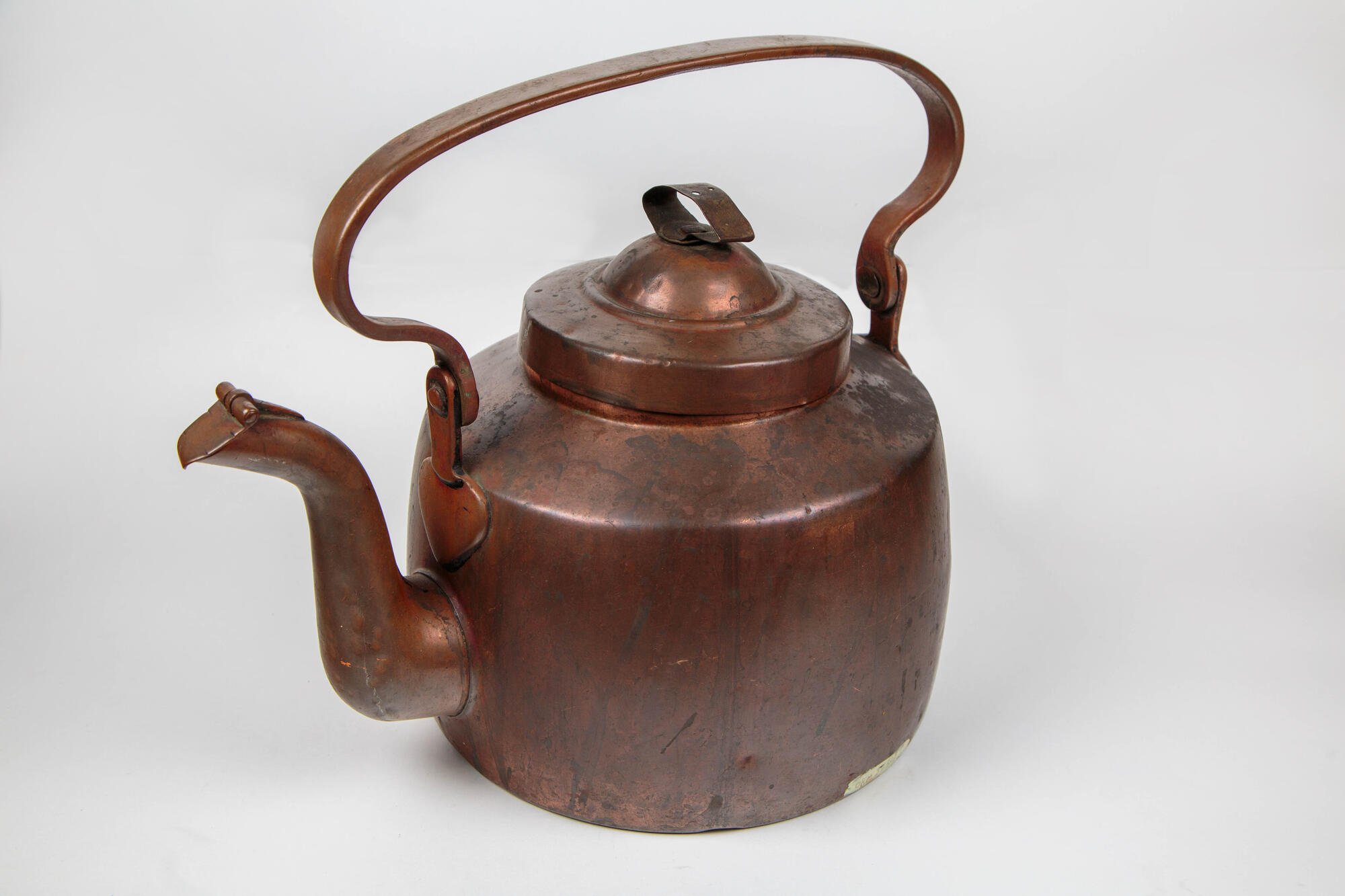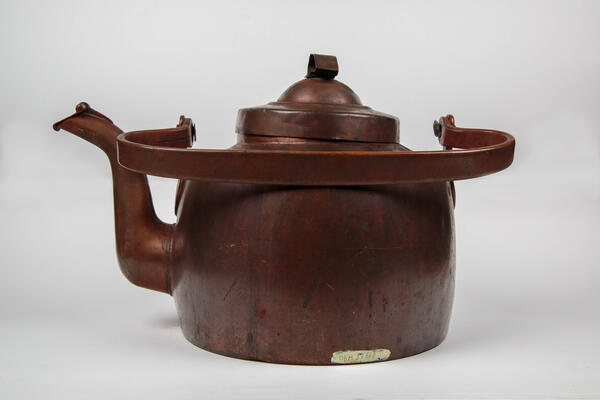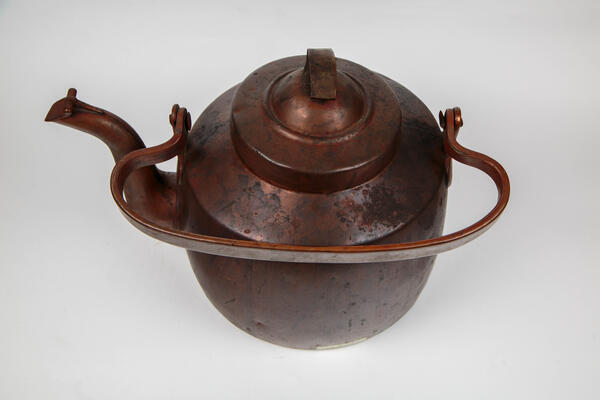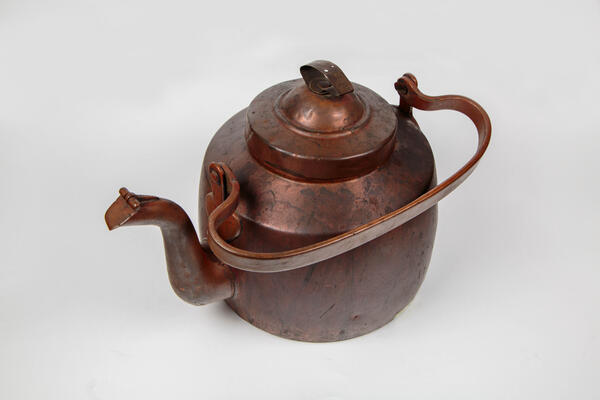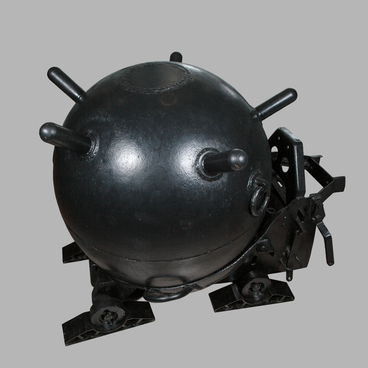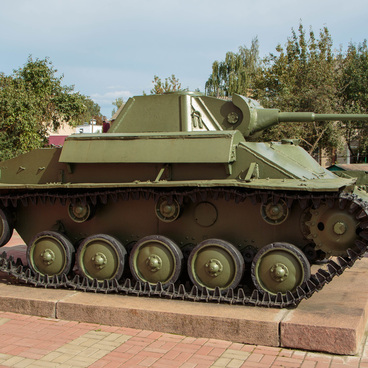Tea became popular in the Russian Empire in the late 18th century. The first company of tea merchants “Perlov and Sons” was founded in 1787. Around the same time, copper samovars began to be used all over the country.
Tea trade between the Russian Empire and the Great Qing saw its heyday in the 19th century. In 1841, there was a special tariff system in the town of Kyakhta, which regulated the duty on different varieties of tea: green, Peking, stone-pressed pu’er, and brick.
By 1850, more than 50 trading enterprises operated in Kyakhta. The merchants Nemchinovs, Sabashnikovs, Lushnikovs, Sinitsyns and others were engaged in wholesale tea trade. In 1862, the “Sino-Russian Charter of Land Trade” was signed. This document allowed Russian merchants to acquire the rights to purchase tea in the southern regions of the Qing Empire.
Teapots made of clay, porcelain, cast iron and copper became widespread in the country. The main advantage of copper cookware is high thermal conductivity. People noticed that such containers warmed up slowly and evenly and began using this metal. Kitchen utensils were made of both cast metal, that is, pure copper, or had a layer of coating, in the latter case, the metal was thinly coated with tin.
The copper smelting industry was developing in the country from the time of Peter I. In the first half of the 19th century, the Russian Empire became one of the main suppliers of red metal to European markets. For instance, in the period from 1801 to 1820, the country exported more than 660,000 poods (a pood is a Russian unit of weight equal to about 36.11 pounds, or 16.38 kilograms) of copper, and from 1821 to 1830 — almost 2.5 million poods.
However, in 1874, Privy
Councilor Viktor Frantsevich de Livron wrote that from the second half of the 19th century, copper production in the Russian Empire had declined due to the
impoverishment of Ural ores, lack of geological exploration, and foreign
competition. “Copper mining in the Ural region in general is gradually
decreasing and it is possible to increase copper production almost exclusively only
at Bogoslovsky factories.” At the same time, he noted the potential of the
Caucasus in increasing copper production.
